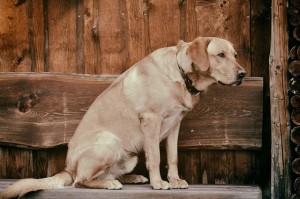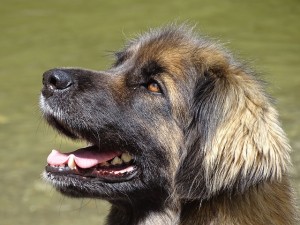Housebreaking and Crate Training Dogs 101
Although we all cherish our adorable pets, one thing most of us may not be able to put up with is when our dogs or puppies mess up the house with their waste. This is one of many reasons why housebreaking & crate training is essential.
Through housebreaking and crate training, you teach your dogs how to control their bowels and where they can eliminate waste without need for supervision.
Housebreaking or house training your dog simply means teaching your dogs to go outside the house whenever they have the urge to relieve themselves. Crate training is a housebreaking method in which you make use of a dog crate to achieve this.
Although you can successfully house train without crate training, crate training is a more effective way of housebreaking your dog. Plus, it removes the need for constant supervision especially if you are not always at home.
Housebreaking and crate training are things you must do early enough in order to get your puppy fully accustomed to proper toilet manners. However, this is not to say that older or adopted dogs cannot be house trained.
Here are a few tips to help you achieve success in housebreaking and crate training your dog:
Understand Dog Nature
To be effective in housebreaking or crate training your dogs, you need a basic understanding of their nature. I would highlight three important points that are relevant to this topic.
- The first thing I would want to emphasize is the fact that dogs naturally like to have their own little space or den. They naturally feel a sense of security whenever they are in this space. Therefore, getting them to use a crate shouldn’t be difficult. If you approach the training the right way, your friends won’t mind the enclosure and may even come to treasure their ‘crate moments.’
- Dogs like to keep their sleeping area clean and will not soil it with poop or urine. This is what makes crate training a great way to housebreak your dog. Because their instinct prevents them from messing up their little haven, they learn to ‘hold it’ while in there.
- Dogs come to understand how you want them to behave through consistency and positive reinforcement. You would therefore need to put this to work when training. Your commands, rewards, scolding and other forms of communicating with them must be consistent at all times.
Now that we have established this foundation, let us go into the process of getting your dog house and crate trained.
Get A Crate: Of course, the first thing you need to do is get a crate for the training. There are different types of crates available – wire crates, plastic crates, nylon crates, soft-sided canvas crates; the choice is really up to you.
However, the crate should be large enough to give your dog room to stand and sleep in comfortably. If it is too large, your dog may just decide to use one area for sleeping and the other for waste, which is not a desired behavior.
Here’s Your New Home! Your first task is to get your dogs used to staying in their new space. To do this requires a bit of encouragement, a little patience, and some positive reinforcement.
Make the cage as comfortable as possible with some soft bedding, toys and treats. Also, place dog food around and inside the crate. The idea is to make them associate the crate with food and goodies so that they enjoy staying around.
Don’t be in a hurry to get them used to the crate. Leave the crate door open and allow your dogs to go in and out as they desire, give them enough time to explore. With the door open, you let your dogs know the crate is not a trap. With this in mind, be careful not to use ‘crate time’ as a way of punishment. This will send the wrong signal and could be counterproductive to your housebreaking training.
Anytime they go into the crate, do encourage them with a positive comment, head rubbing, patting and more treats so they know that you like them going inside.
When you notice that your dogs are getting used to the crate, you can start closing the door. If there is any protest from your dogs in the form of whining or barking, don’t open the door. Wait until they calm down before you do. This lets them know complaining won’t work.
Start slowly at first by closing the door and letting them out after two minutes or so. You can then gradually increase the timing of their stay in the crate up to an hour and beyond.
Once your dogs are comfortable staying in their crates, you will need to work out a schedule for letting them out to empty their bowels.
You should have a designated place that you consistently take your dogs out to potty when they leave their crates. Also, always take them straight from the crate to the potty place, not somewhere else. This way, they will always associate leaving the crate with going to potty.
Using a phrase such as ‘do potty’ or ‘go potty’ while on your way and when you get there will also be helpful in reinforcing the behavior. Say this quietly and not with an excited voice so they don’t get distracted from the purpose.
Once they have done their thing, reward your dogs with a treat and kind words. Always go on the potty trips with a treat for instant reward. Giving them a treat when they’re back in the house gives the unintended message that the reward is for coming inside and not for doing potty.
Try not to hurry back to the crate after they have pooped; walk them around a bit – just in case they get the urge again.
A Final Word
As with other types of dog training, you have to repeat the same steps consistently over a period before it becomes a habit. Do not be harsh or mean to your dogs in the case of an occasional accident.
If you hold a busy schedule and are not able to house train your dogs, you can contact us at saintlouisdogwalkers.com and we will assist with potty scheduling and needed exercises for your dogs while you are away.
However, you should ensure you make out time for bonding with your dogs whenever you are free because they will treasure that very much.





